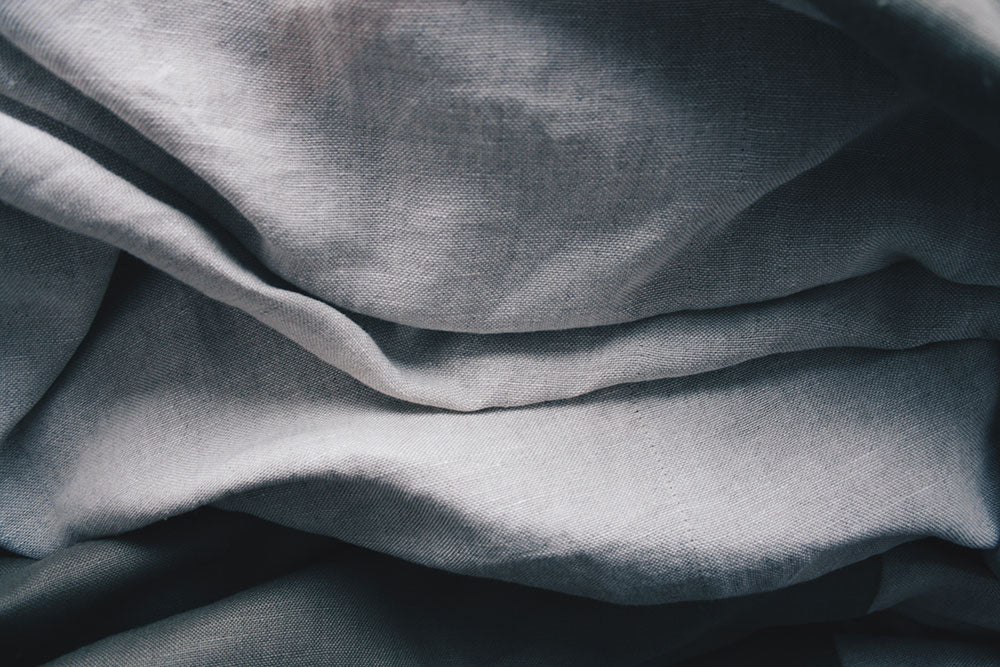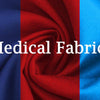Pros and Cons of Medical and Nursing Scrubs Fabrics
Cotton
Like the hard work you’re putting into your studies to promote your nursing career, cotton is a durable, yet soft and lightweight fabric that can withstand multiple uses, static electricity, and chemical-cleaning products.
It’s easy to wash off stains from cotton scrubs, and yet it requires no special care to maintain. As one of the most common fabric materials, cotton is ideal for women who want figure-hugging scrubs, as its characteristics make a nice fit. Cotton is also easy to handle and form into several designs, perfect if you’re planning to customize your own scrub.
Downsides: While cotton holds dye well, the colors may fade due to laundry chemicals and disinfectants. Improper washing may cause the cotton fabric to shrink.

Tip: If you plan on using 100% cotton material then you will get breathability, easy-care, durability, and anti-static properties. They may be comfortable but they won’t stretch or resists wrinkles
Spandex
This synthetic fabric is most often associated with swimwear and sports apparel, mainly because apart from stretching up to eight times its size, spandex is sweat and abrasion-resistant.
Originally created as a substitute for rubber in 1959, spandex is rarely used in its pure form by the garments industry. Instead, it’s typically mixed in varying percentages to create better garments.
It keeps its shape and form no matter how much you stretch it. Spandex mixed with cotton and other natural, as well as synthetic fabrics, is used to make form-fitting women’s scrub pants.

Downsides: Spandex sticks to your body, so it doesn’t allow your skin to breathe. It’s also sensitive to heat and requires extra care when being washed. So, read the labels closely to see how you can extend the life of your spandex-laden medical scrub.
Polyester
Although less comfortable than cotton, polyester is more durable. Quick-drying and easy to care for, polyesters are moisture-resistant and less absorbent than the other fabrics. And, unlike cotton, this synthetic fabric is resistant to stretching, wrinkling, and shrinkage. Because of its limited stretching capacity, this man-made fabric is typically blended with other types such as cotton.

Downsides: Polyester builds static. Since it’s moisture resistant, it can’t absorb fluids and sweat properly. In addition, others may find the fabric rough on the skin. Using a fabric softener may do the trick.
Rayon
This manufactured fiber made from wood pulp isn’t considered a natural fiber because of the several chemicals involved in creating one. Known for its shiny appearance, rayon feels soft and comfortable as it drapes well to your body.
Like cotton, it’s highly absorbent, breathable, and holds dye and print, really well.

Downsides: May shrink or stretch when wet, so handwashing it is better than putting it in the laundry machine. This synthetic fabric may be washed or dry cleaned.
The advances in the garment manufacturing industry have allowed these medical scrub fabric staples to be woven together to create a blended fabric. The result? An overall better medical scrub that effectively mixes style, comfort, and function. It may not take long before these blended fabrics are used to create reusable fabric masks.
Polyester and Cotton
These fabrics have their own strengths and weaknesses. When they’re combined, it can make a versatile fabric that’s perfect for medical scrubs.
The cotton-polyester blend combines the comfort of cotton with the wrinkle resistance and toughness of polyester. Polyester doesn’t shrink or deform like cotton, so this blend is easier to wash. Compared to pure polyester garments, this blend is more breathable and moisture-absorbent.
A medical scrub made from polyester and cotton, also called poly-cotton, can withstand high washing temperatures and keeps its hues and prints longer. It’s also tear-resistant.
Cotton and Spandex
Spandex is known for its ultimate stretching capabilities. When woven together with cotton, it creates a comfortable and breathable material that’s also slightly stretchable. Most medical scrubs made from this fabric blend contain only a small amount of spandex, so it retains most of the positive characteristics of cotton, but with additional positive advantages as resistance to wrinkles and added durability. Medical scrubs using this fabric are known to have less pilling.
Polyester and Spandex
Many health workers also turn to this manufactured fabric blend to make their medical scrubs. Toughness is one of the hallmark traits of polyester fabric. The spandex that’s woven together with polyester slightly improves the absorbent and stretching capacities of the latter.
Polyester-spandex blends are also wrinkle-resistant and have a silkier feel when compared to other blends.
Stretch Fabrics
An increasing number of medical scrub manufacturers use stretch fabrics to make medical uniforms. Four-way stretch fabric is a top favorite among health workers. This type is typically made from rubber mixed with other organic or synthetic fabrics that allow it to stretch crosswise and lengthwise.

This type of fabric typically uses ultra-stretch and soft materials such as nylon and Lycra. Ultimately, this type of fabric aims to give its wearer complete freedom of movement. Ideally, it should be worn by those engaged in active sports such as hikers, bikers, and runners.
Essential Features of Medical Scrubs
Apart from comfort, medical scrubs should also have the following essential features such as breathability and durability. Scrubs shouldn’t limit the movement and they should withstand frequent washing. It should be easy to wash, dries quickly, and fits perfectly. Medical scrubs and their fabric should look nice, have a therapeutic color such as blue, green, and pink, and should also promote professionalism.
Uniforms-world

Scrubs from Uniforms-world are made from the best mixture of polyester+rayon+spandex ,and in the highest quality.Thus we have almost perfect advantages such as softness, high absorbency, high breathability, high wrinkle resistance, durability, easy cleaning, good elasticity, fast drying,ect.
-
Posted in
Nurses, Scrubs, Scrubs Fabrics












